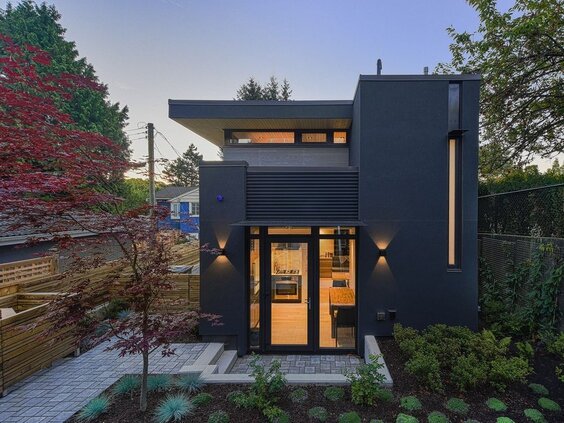The Success of Laneway Suites in Other Cities
/Laneway suite designed by Iredale Architecture, on Vancouver’s west side. PHOTO BY ALEX BARRERA
Toronto is not the first city to adopt Laneway Housing as a solution for affordable housing and gently increasing density, Vancouver and Edmonton have also successfully employed the concept. Vancouver’s by-law allowing the construction of laneway suites dates to 2009.
Laneway housing in Vancouver was conceptualized based on many of the same opportunities we see here in Toronto. Large cities in Canada have seen increases in population as well as the cost of housing. Laneway housing helps to gently increase density in neighbourhoods that are predominantly comprised of single-family homes. This way, we can increase density without radically changing the character of these neighbourhoods.
Laneway housing has become extremely popular in Vancouver for numerous reasons. It provides a number of advantages and opportunities for property owners. Not only are laneway houses helpful to the city as a whole, there is also a great financial case for building a laneway house.
In Vancouver, it typically costs $350 000 to $400 000 to build a laneway house. The laneway house could be rented for $3000 a month, creating a 100% return on investment[1]. Homes with laneway suites also typically have a higher resale value.
Laneway houses provide not only an opportunity to add rental housing and income, they can also be used to house relatives or as a home office, like one man in Toronto has done[2]. David Shedd originally intended to build a guest house or rental unit, but the COVID-19 pandemic shifted his plans. The 1400 square foot unit cost in total $550 000 to build. The ground floor acts as a garage, whereas the upper floor is a 2-bedroom suite with a kitchen, washroom, and washer dryer. While the space is currently being used as an office, it has a lot of potential.
The success of laneway housing in Vancouver, as well as early projects in Toronto, is very promising for this initiative. We can both increase our supply of housing, and hope homeowners financially.
[1] (Freimond, 2019)
[2] (Yu, 2020)




